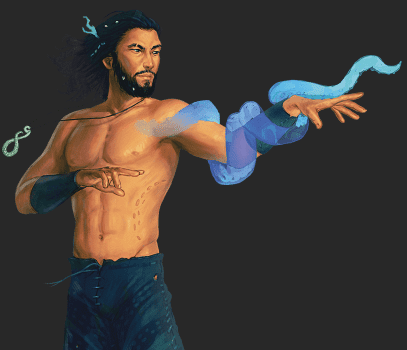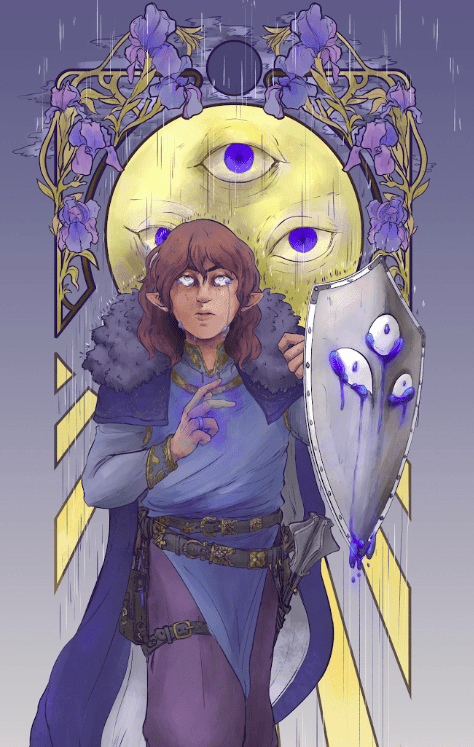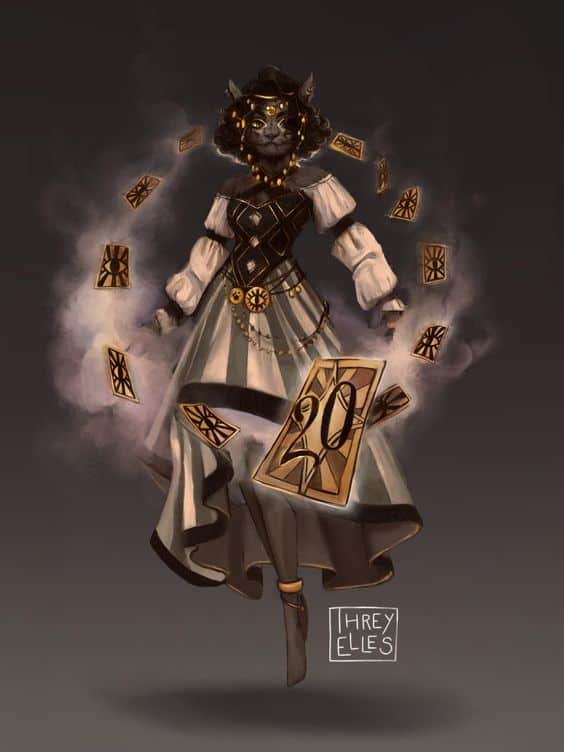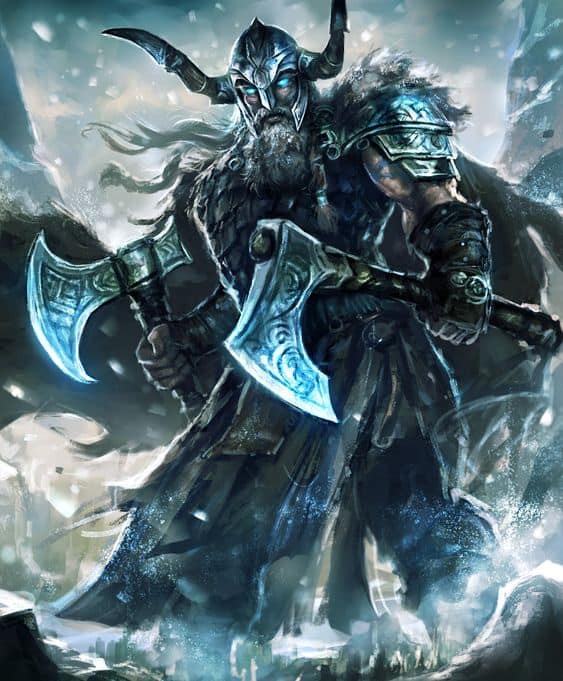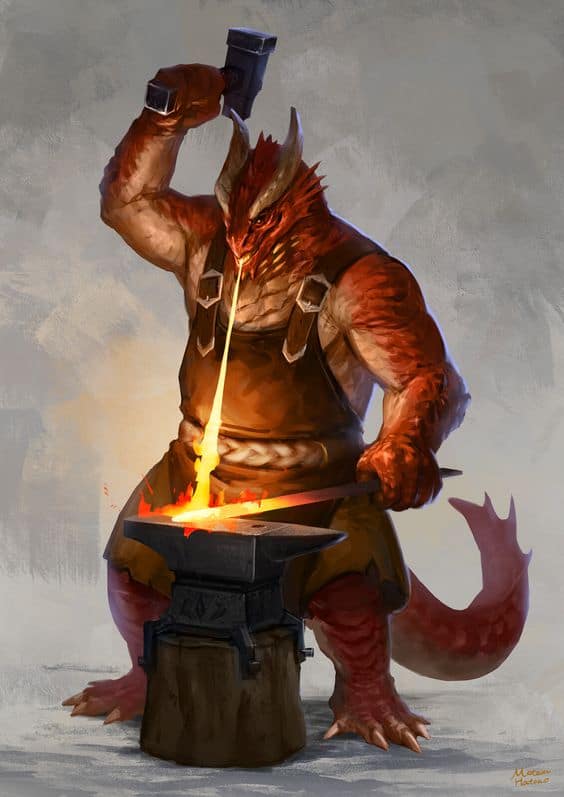D&D 5e: School of Conjuration Wizard Guide
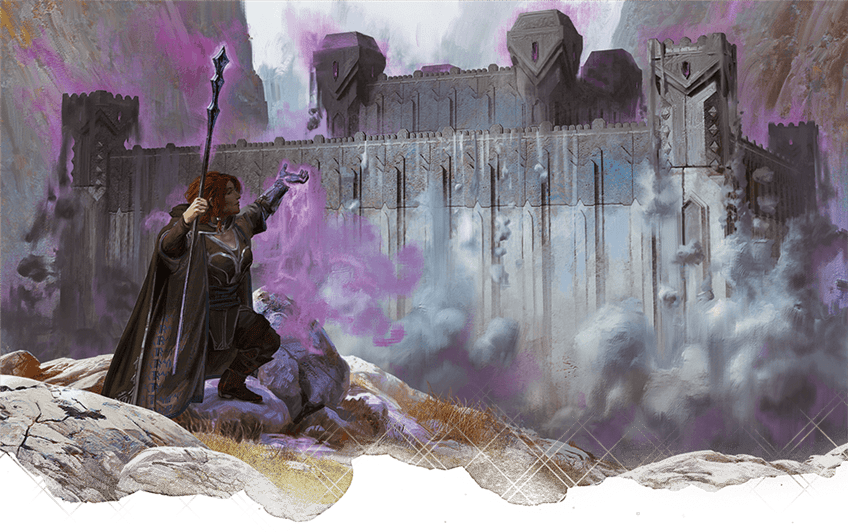
D&D 5e: School of Conjuration Wizard Guide
Role in the Party
The School of Conjuration is one of the original spell school-based subclasses from the player’s handbook, and it’s an exceedingly versatile wizard based on conjuring objects, summoning creatures, and teleporting party members. Most wizards can do all three of these things to some extent, but the Conjuration Wizard gains extra abilities that let them do these things and are directly incentivized to select conjuration spells.
Your role in the party is that of a standard wizard: cast spells, support allies, deal area of effect damage when it’s necessary, and help out with magic out of combat. However, starting at level 2 when you take this subclass, you will also fill a sort of pack mule role; except instead of carrying tools and equipment, you just summon it.
Epic
Good
Meh
Bad
The School of Conjuration Wizard subclass is found in the Player’s Handbook. Click here to pick up your own copy of the Player’s Handbook!
School of Conjuration Wizard Features
Conjuration Savant
Beginning when you select this school at 2nd level, the gold and time you must spend to copy a Conjuration spell into your spellbook is halved.
Standard Player’s Handbook wizard subclass feature; not strong, but not meant to be either.
Minor Conjuration
Starting at 2nd level when you select this school, you can use your action to conjure up an inanimate object in your hand or on the ground in an unoccupied space that you can see within 10 feet of you. This object can be no larger than 3 feet on a side and weigh no more than 10 pounds, and its form must be that of a nonmagical object that you have seen. The object is visibly magical, radiating dim light out to 5 feet.
The object disappears after 1 hour, when you use this feature again, or if it takes or deals any damage.
This is possibly one of the most fun features in the game, but it’s also immensely frustrating to establish the limits of this feature. In fairness, it probably would have taken fifty pages and a team of lawyers if the designers wanted to perfectly clarify the limits of this feature. The 5e designers themselves, especially Jeremy Crawford, have made several clarifications on what exactly can and can’t be summoned, but there are still endless questions.
Can we summon a bag of sand, or is the bag a separate object from the sand? What if we dump out the sand and it travels more than 3 feet from the bag? Does it all vanish? Can we create liquids? Are liquids objects? If so, can we make a vial of immensely powerful purple worm poison? I’m a drow, so I probably saw some at one time. How useful are conjured weapons and armor? The armor doesn’t take damage, but it presumably gets hit by things that can deal damage. If we use a real arrow in a conjured bow, does the conjured bow “deal damage” and vanish? If the dungeon master makes the mistake of doing a sci-fi themed session and my character sees an antimatter rifle, can they make an antimatter rifle? And so on.
This is an epic feature because being able to summon all kinds of objects is inherently amazing, but it’s also a bad feature because you will get a headache trying to figure out how it works; very few features can cause psychic damage to you in real life, and this is one of them. I wouldn’t count on getting an antimatter rifle, but I would count on being able to create most of the adventuring gear listed in the Player’s Handbook.
Benign Transportation
Starting at 6th level, you can use your action to teleport up to 30 feet to an unoccupied space that you can see. Alternatively, you can choose a space within range that is occupied by a Small or Medium creature. If that creature is willing, you both teleport, swapping places.
Once you use this feature, you can’t use it again until you finish a long rest or you cast a conjuration spell of 1st level or higher.
You’re trapped in a hole with some goblins. Your barbarian is peeking into the hole and wants to help. You use one action and now the goblins are trapped in a hole with your barbarian, and now you’re next to the top of the hole shooting spells down there. Excellent.
It’s sort of like Misty Step, but it costs an action, but it doesn’t cost a spell slot, and it comes with the added benefit of being able to swap places with an ally. Overall, it’s an excellent thing to use in combat.
Focused Conjuration
Beginning at 10th level, while you are concentrating on a conjuration spell, your concentration can’t be broken as a result of taking damage.
Concentration is important; wizards hate losing concentration. It costs them spell slots, and actions, and makes them lose potent battlefield effects. A feature that just lets you not lose concentration on all of your favorite spells is amazing, especially since there are a lot of great conjuration spells out there.
Remember that this only works against damage. Being paralyzed will force you to drop concentration, and so will being dropped to 0 hit points, and the Sleet Storm spell and other effects can also make you lose concentration.
Durable Summons
Starting at 14th level, any creature that you summon or create with a conjuration spell has 30 temporary hit points.
The health of summoned creatures isn’t a big priority, and you aren’t always summoning them, but this can help summoned creatures survive some attacks or area of effect damage. Some effects can still deal enough damage to obliterate your creatures anyway. You might get some value out of this, but it’s meh.
Strengths
You can provide any tool or other object the party needs, you’re excellent at teleporting yourself and allies into or out of danger, and at high levels, your ability to concentrate on your specialty spells is unparalleled by any other spellcaster. You can get hit for 60 damage and just ignore the DC 30 concentration saving throw. Nobody else can do this, and nobody else can just conjure any object the party needs either.
Weaknesses
This subclass gives you nothing to shore up your weak defense, and the power of your level 2 feature is massively DM dependent. If you wanted to be a summoner, you don’t get any real boosts to conjuration summoning spells until level 10 when your concentration is made almost unbreakable, so you’re just a normal wizard until then. You’re also not the best summoner, since you have no way of making nonmagical damage from summoned creatures magical, unlike the Shepherd Druid.
Best Race Options
Forest Gnome works especially well after level 10; in addition to some decent features, your Gnome Cunning feature gives you advantage on intelligence, wisdom, and charisma saving throws; these sometimes incapacitate you, so advantage against these will shore up one of the only ways an enemy can break your concentration. Minor Conjuration is also kind of a way of stealing the Rock Gnome’s tinkering ability, since it’s pretty much a direct upgrade to that feature, so it’s like having two subraces.
Tortle is an amazing choice since it shores up your armor class, which is one of your only major weaknesses. Also, you can flavor your Minor Conjuration feature as you pull random objects out of your shell, which is fun.
Kenku are exceptionally versatile, and their mimicry-based lore fits well with a character who can just conjure a magical copy of any object they saw. Kenku Recall from Monsters of the Multiverse is also one of the best abilities for any character who wants great skills.
Choosing the Right Skills
You’re almost certainly the smartest party member, so people will rely on you for intelligence skills. Arcana, Nature, Religion, History, and Investigation are sensible picks.
Athletics and Acrobatics are less important to you than other wizards since your level 6 feature lets you reliably escape a grapple, but sometimes you just need physical activity; you might consider hitting the gym and taking one of these proficiencies.
Perception is extremely important to any character, so you should take it.
Your Minor Conjuration objects are visibly magical and they glow, but if you want to pass them off as real magic items and scam unsuspecting buyers out of some gold… you could use Deception and try to peddle your conjured items. Make sure your level 6 feature has a use remaining in case you get caught.
Performance is handy for doing party tricks with your Minor Conjuration, or for playing music with a conjured instrument. It’s otherwise not a super useful skill.
Fitting Feats
Keen Mind synergizes amazingly with your level 2 feature. Two weeks ago, you saw a guard holding some keys. You have this feat. You remember exactly what those keys look like. You can make those keys. Also, it’s a half feat that boosts intelligence. Start with an odd intelligence and take this with either Custom Lineage or with your level 4 ASI.
Resilient (Constitution) and War Caster are good feats, but they’re partially redundant with your level 10 feature. Take them if you’re spending a lot of time below level 10, but in a high level campaign, you may get more use out of the Lucky feat since it works on other saving throws.
All the concentration boosts in the world won’t save you from being counterspelled, but Metamagic Adept can. Use Subtle Spell to avoid counterspells and trick NPCs out of combat, then take whatever you want as your other metamagic; Extend Spell boosts the duration of your summons, so you might like that one.
Optimal Backgrounds
Conjuration Wizards make solid Hermits: the problem with living alone is that you can’t trade with other people to get the tools and objects you need. Conjuration Wizards can just make all the stuff they need, aside from food and a small selection of other necessities. The Discovery feature is also amazing: you and your DM should have fun with this.
If it’s allowed at your table and you want raw power, Quandrix Initiate gives you some cleric/paladin spells for your spell list and a free Strixhaven Initiate feat. It’s also the math school, and teleportation sometimes has some mathematical associations, so it works thematically too.
The Spy background is excellent. You enter a castle, the guards pat you down for weapons, and you’re allowed inside. You meet your contact and conjure a knife for him. You leave the castle as he goes to assassinate the king. This is a basic spy thriller scenario, made possible by your level 2 feature.
Multiclassing Options
One level of Artificer is solid for armor proficiency, and you almost certainly meet the multiclass requirements and can maintain full spell slot progression while gaining some spell versatility.
One level of Forge Cleric gives you armor proficiencies, cleric spells, spell slot progression, proficiency with smith’s tools, and the ability to turn someone’s armor magical. Take two levels if the channel divinity appeals to you, but it is slightly redundant with Minor Conjuration.
For an unusual low-level build, one level in Rogue and two in this subclass will start you off with Expertise, Sneak Attack, Booming Blade, Minor Conjuration, and all kinds of other amazing features that turn you into the ultimate level 3 utility character. Hit people with a rapier and be a full caster and skill expert and then summon a guitar and jam out on it. The rogue levels will become much less useful at high levels, and the multiclass comes online at level 3, so there’s only a narrow window where this is particularly powerful.
Would I recommend playing a School of Conjuration Wizard?
After giving your DM a brief headache with questions about Minor Conjuration, you will be ready to play a powerful wizard and also one of the most fun utility characters in the game. If you like using creativity and using outside the box solutions, the School of Conjuration is the subclass for you. If you’re playing a level 10 one shot, the School of Conjuration is the subclass for you. If you really like teleports, the School of Conjuration is the subclass for you.
Lastly, remember to cast spells other than conjuration spells sometimes, since a Fireball solves problems that most of these spells can’t solve.



